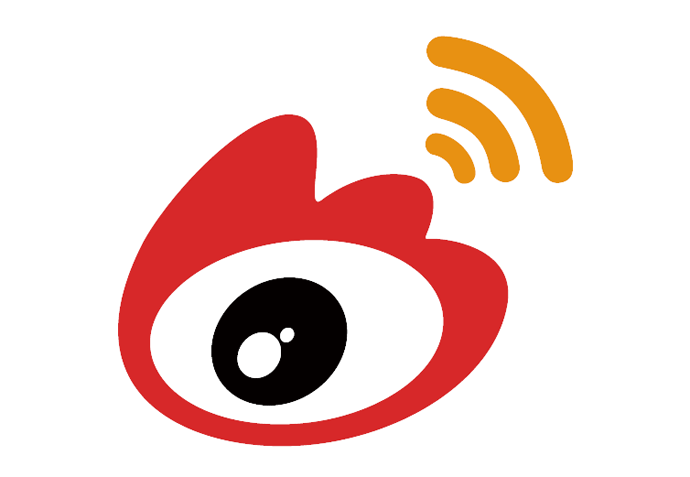
The Harrow International School
in Tuen Mun, which opens its doors to its first intake of more than 700
pupils September 2012. Photo: K. Y. Cheng
More than 700 pupils start classes at the Hong Kong campus of Britain's famed Harrow School today.
Based in Tuen Mun, Harrow International School Hong Kong was allocated a 3.7-hectare site in So Kwun Wat near Tuen Mun in 2009 as part of the government's efforts to increase the availability of international school places.
It also received a HK$273 million interest-free construction loan from the government.
With an ultimate capacity of 450 primary and 1,050 secondary pupils, it is required to reserve at least half of its places for non-local youngsters.
But the school declined to give a breakdown of its first intake by age or the percentage of non- local pupils, saying it was busy preparing for the start of the new term today.
Parents or their employers face annual fees of HK$150,000 in addition to debentures and capital certificates ranging from HK$600,000 to HK$3 million.
Tuition fees for its pre-kindergarten, K1 and K2 groups stand at HK$118,700.
Hong Kong is the third Asian city, after Beijing and Bangkok, where the top-ranked British day and boarding school has set up a campus.
It is expected to help meet the increasing demand for British curriculum school places here, driven by a 35 per cent growth in the British expatriate population over the past five years, from 24,990 in 2006 to 33,730 last year.
There was also a 37 per cent increase in the number of English-speaking school-aged children (aged 19 or below), from 18,300 in 2006 to 24,980 last year.
The not-for-profit school states on its website its mission of "grooming future leaders".
Alumni from the original school in London include former British prime minister Winston Churchill, India's first premier Jawaharlal Nehru and the late King Hussein of Jordan.
But critics say the government's concessions to the school were "too generous" and more support should have been given to schools in genuine need.
Waiting lists are common for well-known international schools in Hong Kong.
The English Schools Foundation received 2,300 applications last year for only 1,020 places in this academic year.
It is lobbying for a substantial increase in its HK$283 million annual government subvention to match the level of direct subsidy schools.
Additional money was needed to replace ageing school buildings, and maintain teaching and other expenses, it said.
Another leading school, the German Swiss International School (GSIS), has started a four-year redevelopment plan to enhance its facilities and learning environment.
Its spokesman declined to give exact figures but confirmed they had waiting lists for most year groups, including kindergarten and Y1.
GSIS deputy principal Dr Joachim Prinz declined to comment on the government's generous provision for Harrow, but was confident his school would remain competitive with local international schools.
Harrow International School Wiki
Based in Tuen Mun, Harrow International School Hong Kong was allocated a 3.7-hectare site in So Kwun Wat near Tuen Mun in 2009 as part of the government's efforts to increase the availability of international school places.
It also received a HK$273 million interest-free construction loan from the government.
With an ultimate capacity of 450 primary and 1,050 secondary pupils, it is required to reserve at least half of its places for non-local youngsters.
But the school declined to give a breakdown of its first intake by age or the percentage of non- local pupils, saying it was busy preparing for the start of the new term today.
Parents or their employers face annual fees of HK$150,000 in addition to debentures and capital certificates ranging from HK$600,000 to HK$3 million.
Tuition fees for its pre-kindergarten, K1 and K2 groups stand at HK$118,700.
Hong Kong is the third Asian city, after Beijing and Bangkok, where the top-ranked British day and boarding school has set up a campus.
It is expected to help meet the increasing demand for British curriculum school places here, driven by a 35 per cent growth in the British expatriate population over the past five years, from 24,990 in 2006 to 33,730 last year.
There was also a 37 per cent increase in the number of English-speaking school-aged children (aged 19 or below), from 18,300 in 2006 to 24,980 last year.
The not-for-profit school states on its website its mission of "grooming future leaders".
Alumni from the original school in London include former British prime minister Winston Churchill, India's first premier Jawaharlal Nehru and the late King Hussein of Jordan.
But critics say the government's concessions to the school were "too generous" and more support should have been given to schools in genuine need.
Waiting lists are common for well-known international schools in Hong Kong.
The English Schools Foundation received 2,300 applications last year for only 1,020 places in this academic year.
It is lobbying for a substantial increase in its HK$283 million annual government subvention to match the level of direct subsidy schools.
Additional money was needed to replace ageing school buildings, and maintain teaching and other expenses, it said.
Another leading school, the German Swiss International School (GSIS), has started a four-year redevelopment plan to enhance its facilities and learning environment.
Its spokesman declined to give exact figures but confirmed they had waiting lists for most year groups, including kindergarten and Y1.
GSIS deputy principal Dr Joachim Prinz declined to comment on the government's generous provision for Harrow, but was confident his school would remain competitive with local international schools.
Harrow International School Wiki








沒有留言:
張貼留言